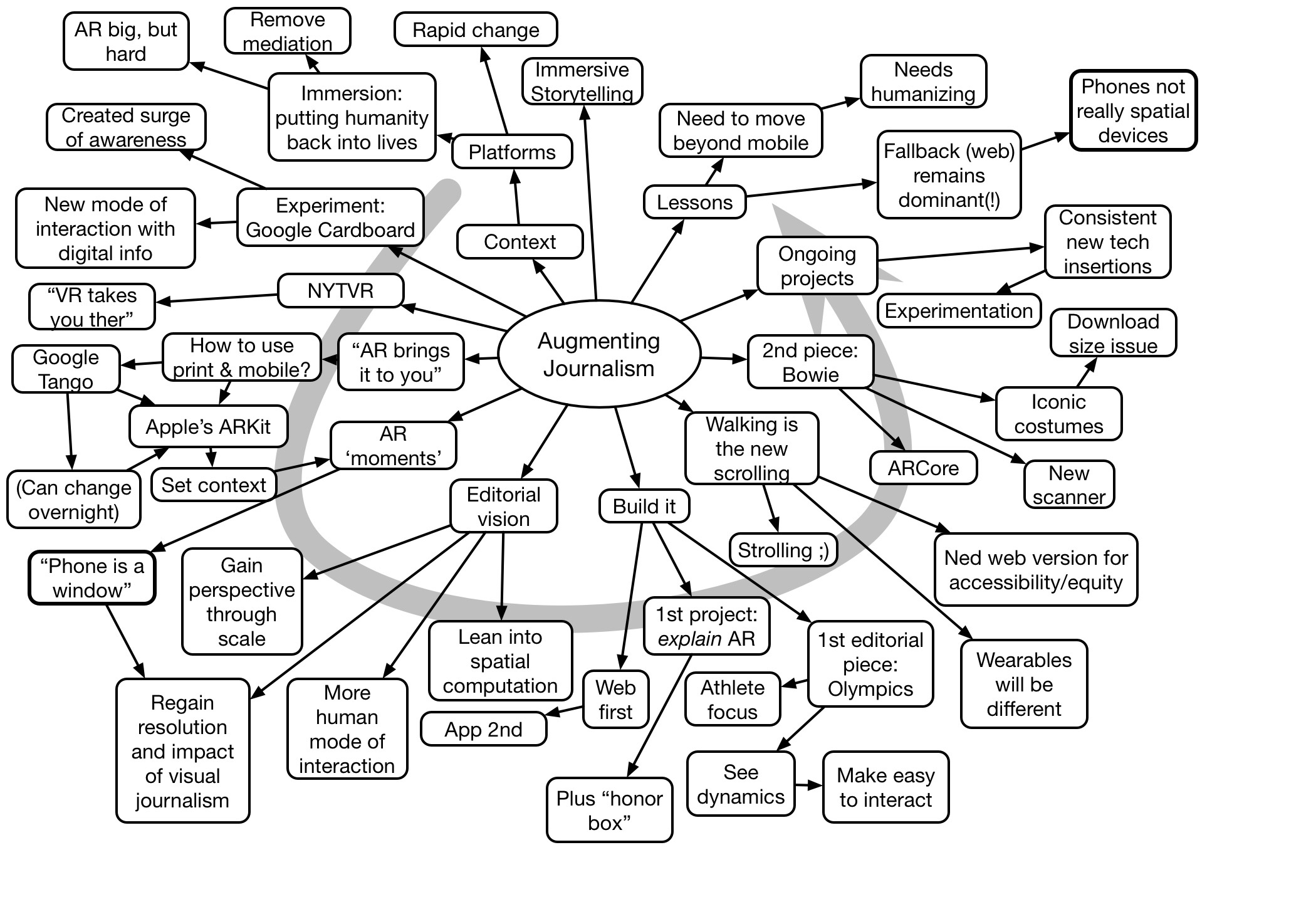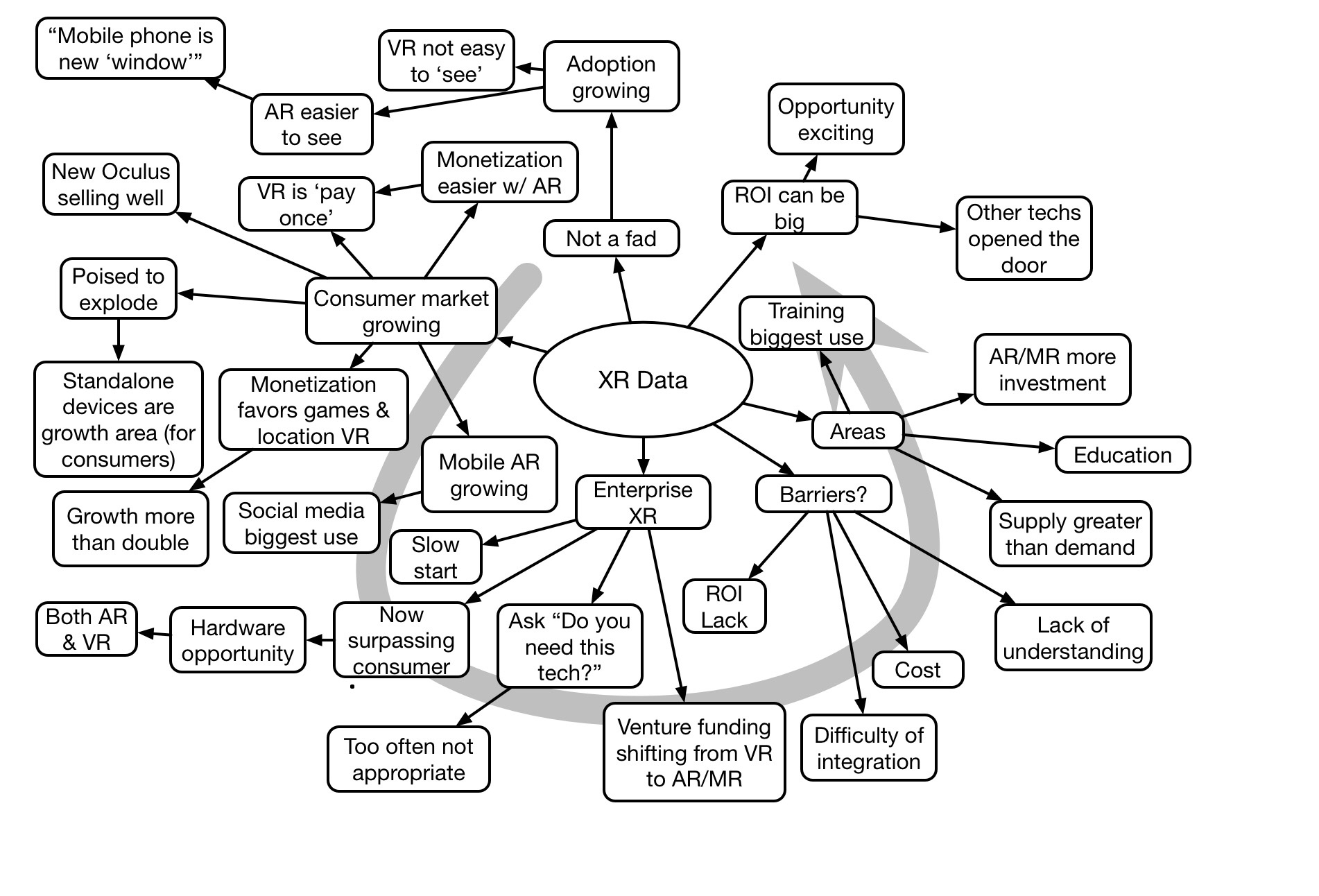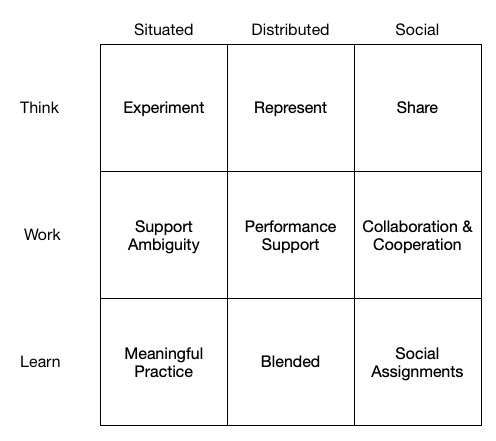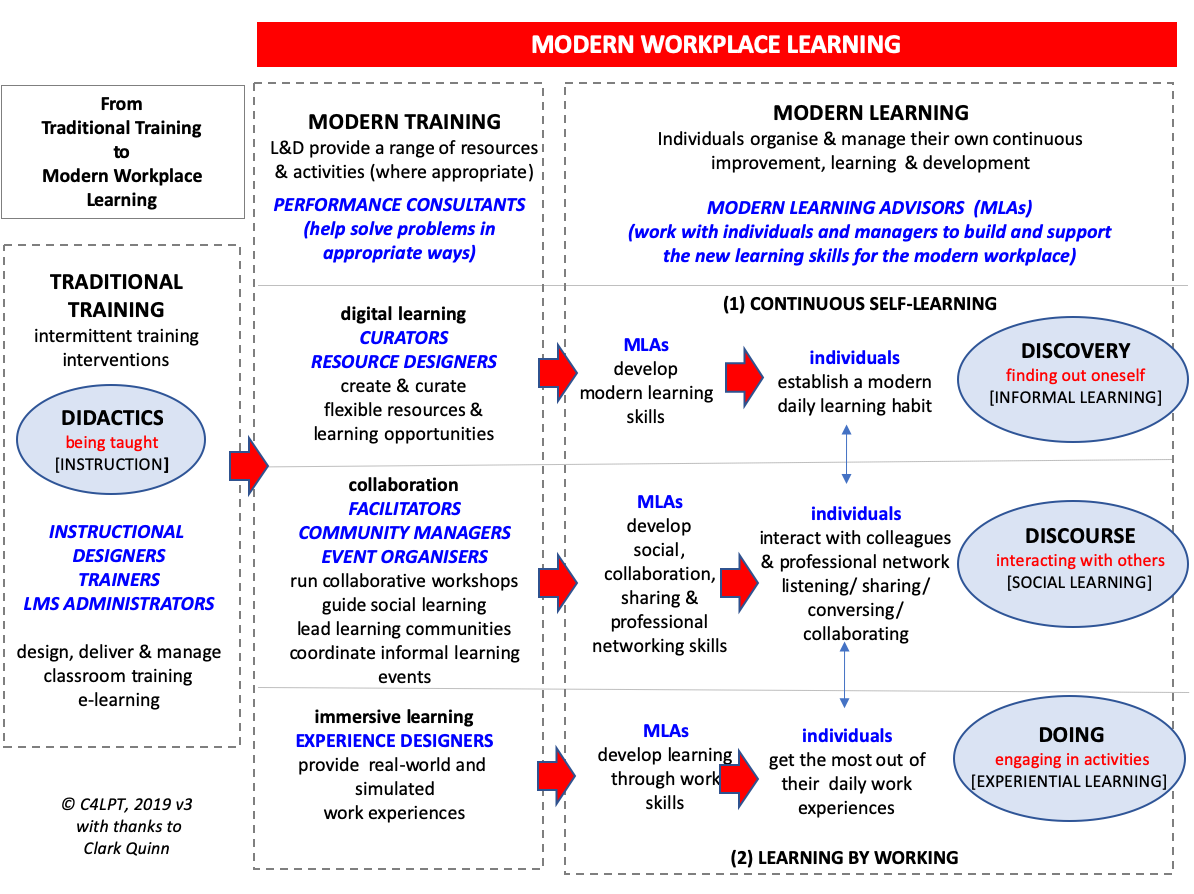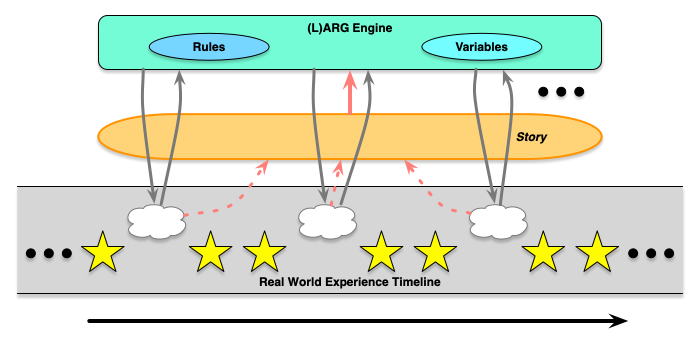Graham Roberts kicked off the 2nd day of the Realities 360 conference talking about the Future of Immersive Storytelling. He told about their experiences and lessons building an ongoing suite of experiences. From the first efforts through to the most recent it was insightful. The examples were vibrant inspirations.
